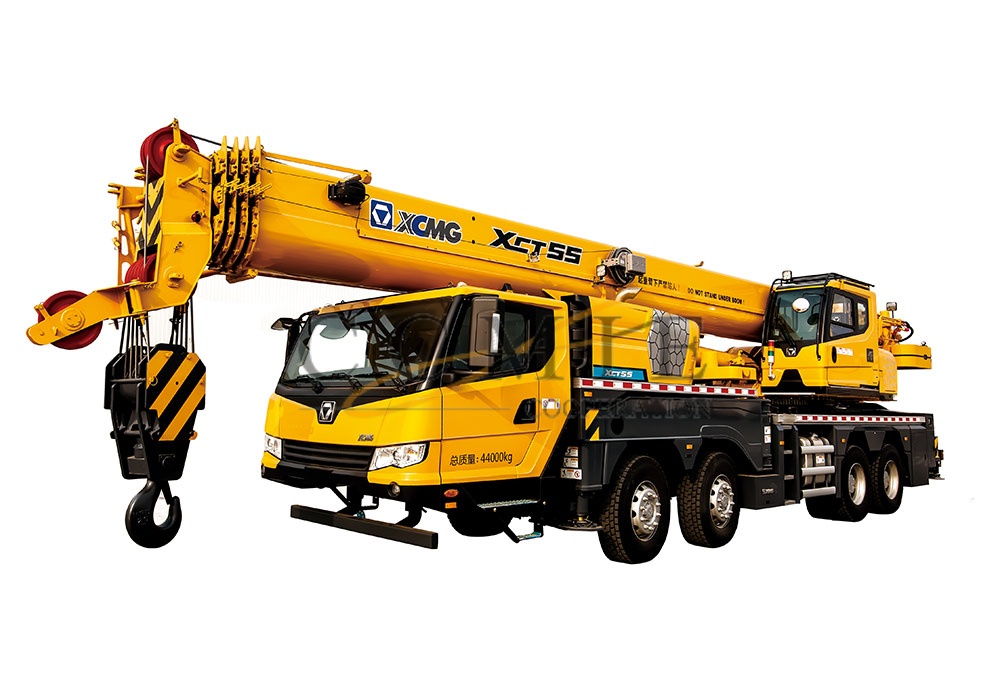As the core equipment in modern industry and infrastructure construction, cranes play an irreplaceable role in many fields.
A failure of the crane hydraulic pump may cause the equipment to fail to work properly and may even cause safety hazards.
The following are detailed analysis and treatment methods for common hydraulic pump failures:
1. Common failure phenomena and causes of hydraulic pumps
(1). Pump abnormal noise or noise
o Possible reasons:
Insufficient hydraulic oil or contamination of oil (bubbles, impurities);
The oil suction pipeline is blocked or the filter is blocked;
Inside the pump (such as damage to bearings, gears, plunger);
The oil viscosity is too high or the low temperature leads to poor fluidity.
(2). Insufficient output pressure
o Possible reasons:
Leakage inside the pump (aging, wear of seals);
The pressure of the relief valve is too low or the valve core is stuck;
Hydraulic oil has too low viscosity or oil temperature is too high.
(3). The pump temperature is too high
o Possible reasons:
The oil viscosity is too high or the amount of oil is insufficient;
The internal wear of the pump leads to increased friction;
Poor heat dissipation (fuel tank too small or cooling system faulty).
(4). Oil leakage or oil leakage
o Possible reasons:
The seal ring is aging and damaged;
The pump housing is cracked or the connecting bolts are loose;
Loose pipe joints or failure of O-rings.
(5). The pump cannot start or is stuck
o Possible reasons:
Motor failure (Phase failure in power supply, overload protection trip);
Foreign objects inside the pump are stuck or rusted;
The oil is too dirty and causes moving parts to get stuck.
2. Troubleshooting and solutions
(1). Preliminary inspection
o Check the hydraulic oil level and oil quality (color, impurities), and replace or replenish hydraulic oil if necessary;
o Confirm whether the oil suction line and filter are unobstructed, and clean or replace the filter element.
(2). Detect system pressure
o Use a pressure gauge to measure the pump outlet pressure and compare the ratings;
o If the pressure is insufficient, check the relief valve setting value and recalibrate.
(3). Check for abnormal noise or noise
o Check whether the oil contains bubbles (maybe due to air leakage in the oil suction pipeline);
o Disassemble the pump to check internal wear (such as gears, bearings, dispensing discs).
(4). Deal with oil leakage
o Replace failed seals (such as shaft seals, O-rings);
o Tighten loose pipe joints or replace damaged pipes.
(5). Check the motor and circuit
o Ensure normal power supply of the motor (voltage and current are stable);
o Test the motor insulation resistance and troubleshoot short circuit or circuit breaker faults
3. Preventive maintenance suggestions
(1). Regular oil change and filtration
o Replace hydraulic oil in cycles (it is recommended to be every 2000 hours or as required by the manufacturer);
o Use a high-precision oil filter to keep the oil clean (NAS below 8).
(2). Monitor the operating parameters
o Regularly check the pump noise, temperature and vibration;
o Record system pressure changes and deal with abnormalities in time.
(3). Avoid overload and idle rotation
o Overload operation is prohibited to prevent overheating of the pump;
o Make sure the hydraulic system is filled with oil before starting to avoid idling.
(4). Environmental Management
o Keep the hydraulic system clean to prevent dust and moisture from entering;
o Preheat the oil to a suitable temperature (above 15°C) under a low temperature environment.
4. Things to note
• Non-professional personnel prohibit disassembling hydraulic pumps: The internal structure is complex and incorrect operation may lead to secondary damage.
• Pressure relief after shutdown: System pressure must be released before repair to avoid high-pressure oil splashing and injuring people.
• Select original accessories: inferior seals or parts may shorten the life of the pump.
If the fault cannot be solved by itself, the machine should be shut down immediately and contacted with professional maintenance personnel to ensure safety and equipment reliability.
#Balancing valve #Card holder #Pipe clamp #First level outrigger #Shock absorber
How to buy truck crane maintenance related accessories at CCMIE?
If you need to buy truck crane accessories or a new truck crane, you can contact us. If you need to buy a second-hand truck crane, you can also contact us. CCMIE provides you with comprehensive truck crane sales services.
Post time: Mar-11-2025

